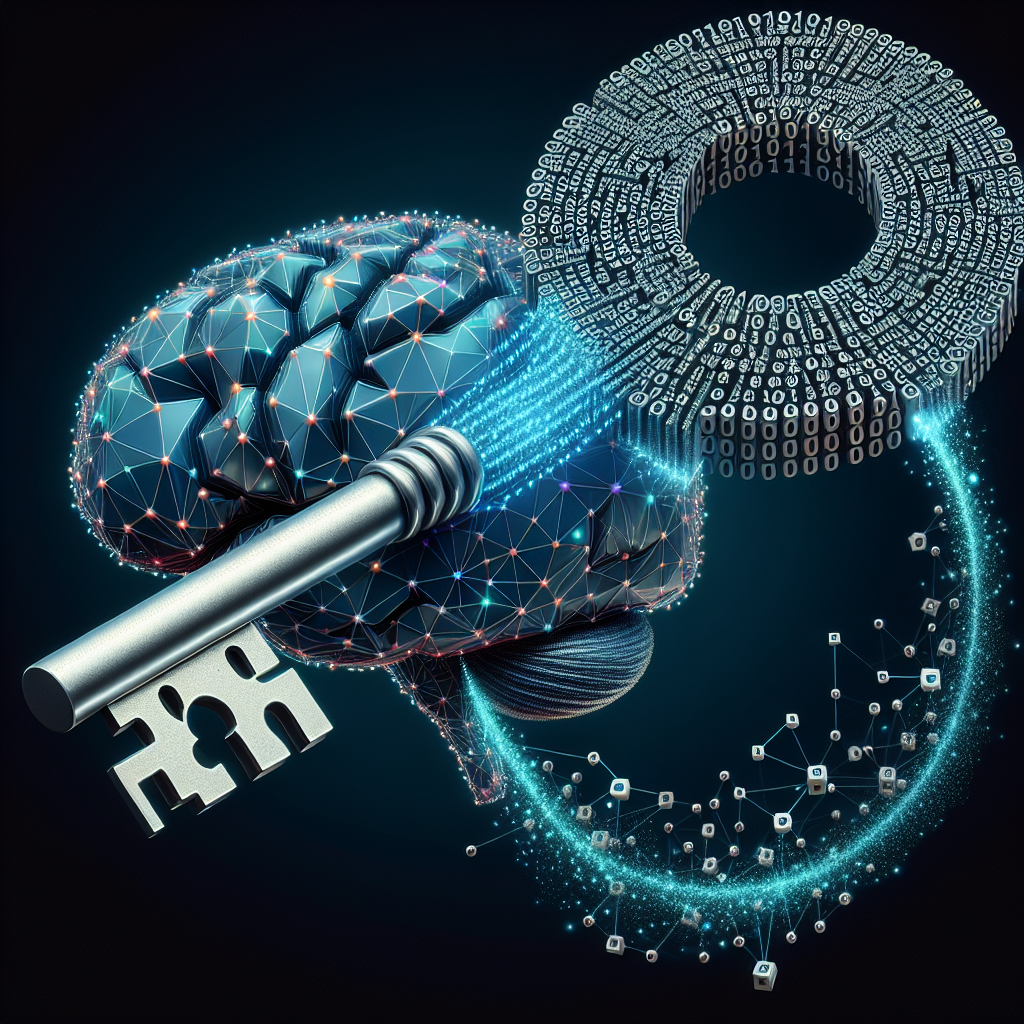Your cart is currently empty!
Unlocking the Power of Neural Networks: A Comprehensive Guide to Deep Learning with CNNs

Neural networks have revolutionized the field of artificial intelligence, enabling machines to learn from data and make decisions in a way that mimics the human brain. Among the most powerful types of neural networks is the convolutional neural network (CNN), which has become the go-to tool for image recognition, video analysis, and other complex tasks.
In this comprehensive guide, we will explore the inner workings of CNNs and show you how to unlock their full potential for deep learning applications.
1. Understanding Convolutional Neural Networks
CNNs are a type of neural network that is specifically designed for processing and analyzing visual data. They are composed of multiple layers, each of which performs a specific function in the overall task of image recognition.
The key component of a CNN is the convolutional layer, which applies a series of filters to the input image to extract features such as edges, textures, and shapes. These features are then passed through additional layers, such as pooling and fully connected layers, to make a final prediction about the contents of the image.
2. Training and Fine-Tuning CNNs
Training a CNN involves feeding it a large dataset of labeled images and adjusting the weights of the network through a process called backpropagation. This is where the network learns to recognize patterns in the data and improve its accuracy over time.
Fine-tuning a CNN involves tweaking the architecture and hyperparameters of the network to improve its performance on a specific task. This can involve adjusting the number of layers, the size of the filters, or the learning rate of the network.
3. Applications of CNNs
CNNs have a wide range of applications beyond image recognition, including video analysis, natural language processing, and even playing games like Go and Chess. They are used in self-driving cars to detect pedestrians and obstacles, in medical imaging to diagnose diseases, and in social media to tag and categorize images.
4. Tips for Building and Training CNNs
When building a CNN, it’s important to start with a simple architecture and gradually increase the complexity as needed. It’s also important to use data augmentation techniques to increase the diversity of the training data and prevent overfitting.
When training a CNN, it’s important to monitor the loss and accuracy of the network and adjust the learning rate and batch size as needed. It’s also important to use techniques like early stopping and dropout to prevent the network from memorizing the training data.
In conclusion, CNNs are a powerful tool for deep learning applications, and understanding how to unlock their full potential can lead to breakthroughs in a wide range of fields. By following the tips and techniques outlined in this guide, you can build and train CNNs that are capable of tackling even the most complex tasks in artificial intelligence.
#Unlocking #Power #Neural #Networks #Comprehensive #Guide #Deep #Learning #CNNs,understanding deep learning: building machine learning systems with pytorch
and tensorflow: from neural networks (cnn

Leave a Reply